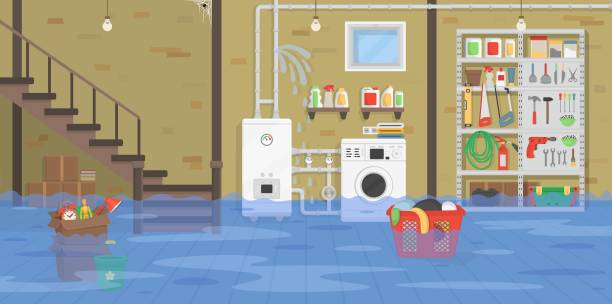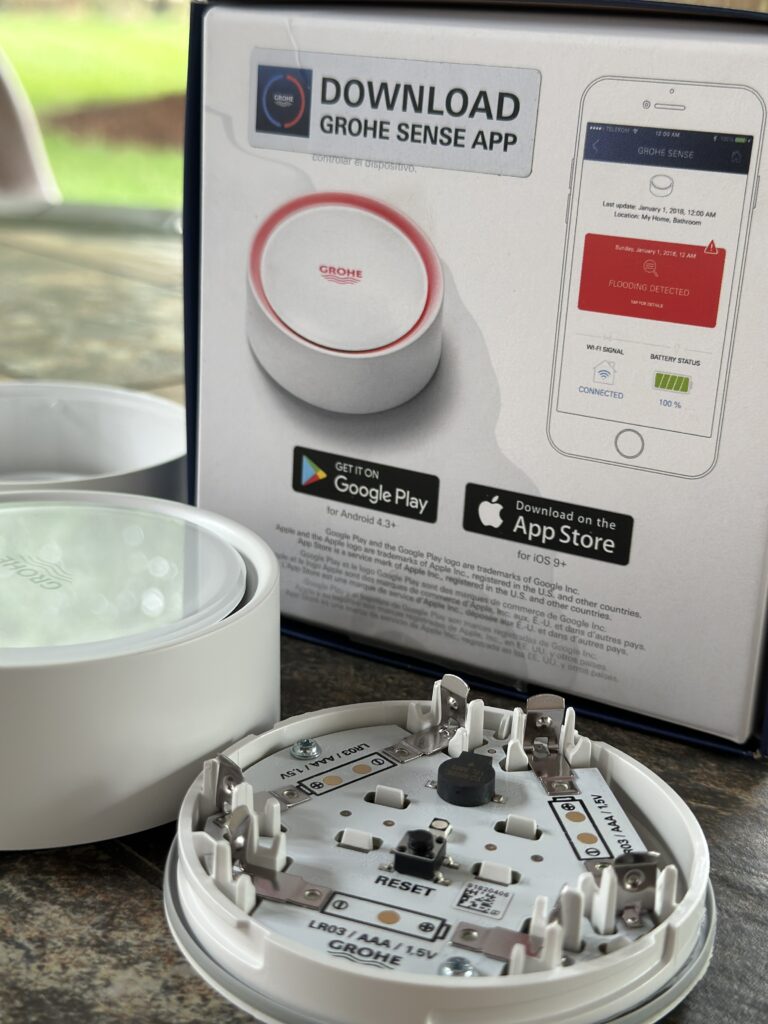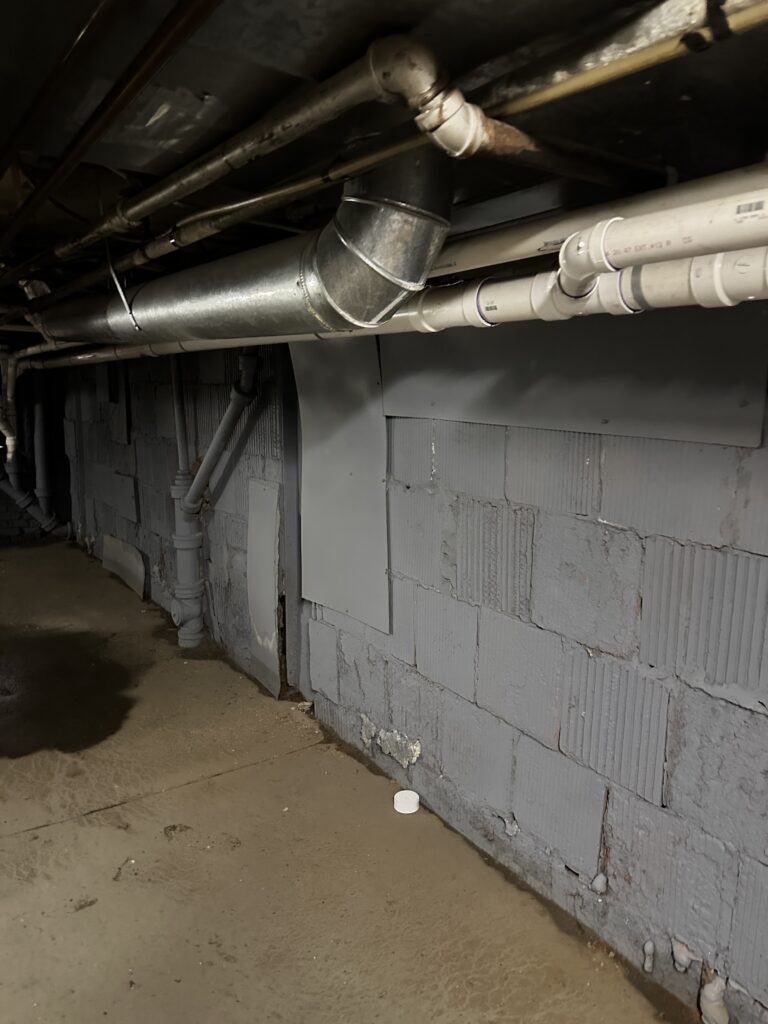
Flooded basements. The two dreaded words for home-owners, business-owners, tenants — and property managers like us!
There is a new kind of storm hitting Chicago in recent years—heavy rains that can be very local, very intense and hard to predict. They dump 2 inches or more per hour on a given neighborhood. This volume quickly overwhelms local sewers, which were not designed for such intense rainfall. Sewer mains fill up, and additional water pushes into basements through our private drains.
There are two main sources for this additional rainfall. The first is catch basins (CB’s) in the street. These are the grated drains by the curbs that feed the main sewer through lateral pipes.
The second is water from rooftops. As much as 500 gallons of water can fall on the average residential rooftop. In the old days, City code required that gutter downspouts be connected to private drains (PD’s) that carry domestic water to sewers. This was fine for normal, old fashioned rains. But, when sewers are full, the water has nowhere to go but your basement. In essence, we are flooding ourselves.
The City is working hard to improve our aging infrastructure, but there are 4,400 miles of sewer main in Chicago, and mere replacement is not the answer. The key is to keep as much water out of the sewer as possible during the heaviest rains.
All flooding is local. We are connected to each other by an underground network of open pipes. If we do not act in concert, we are being unrealistic.
Water damage by the numbers:

At Kettle & Oak, for one of the buildings we manage, we have had a flooding issue occur two times. Once in June 2021 and a recent one in June 2023.

The first step was to clean up the basement, deodorize, sanitize and install water sensors. Our solution was a mobile hotspot modem from T-Mobile combined with water sensors from Grohe that were strategically placed in the basement. These sensors not only check for water, but also check for temperature and humidity levels (customizable fully). The sensors give us wireless monitoring and alerts via email so that our back-office team can respond accordingly to trigger events.

Finally, working with the Village of Oak Park (under who’s jurisdiction this property lies in), we were able to get started on a sewer protection program — installing a flood control valve and overhead system (more details to come on this as we work on this project).
If you are looking for a competent property management company for your residential and commercial properties, reach out to us anytime and we would happy to assist you.

Related stories and links:
Managing stormwater at home (City of Chicago) [pdf]
